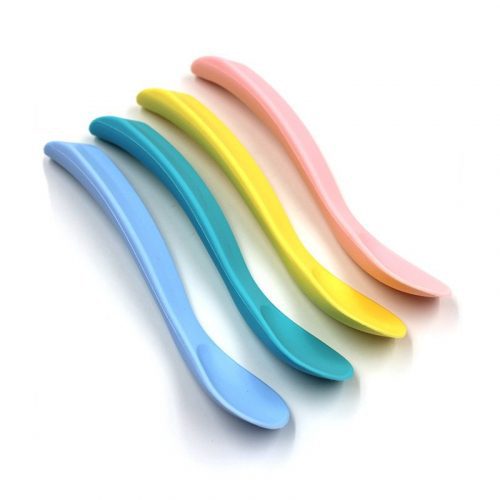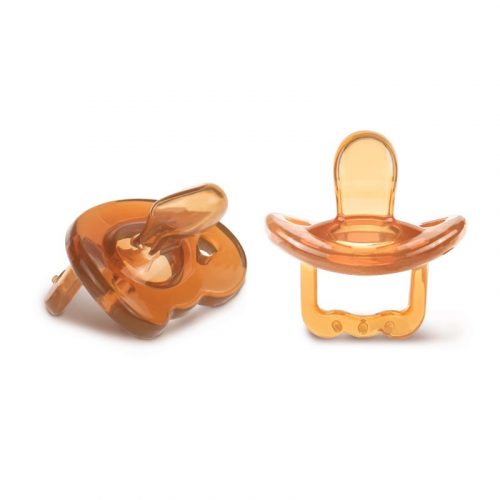Silicone Rubber Calendering Manufacturer
LGDSilicone Parts is a leading provider of produced parts using the silicone rubber calendering process. Our advanced production capabilities, outstanding quality and two decades of experience with silicone rubber components make us an ideal partner for your next project.
What Is Silicone Rubber Calendering?
Silicone Rubber Calendering is a mechanical process that continuously feeds silicone rubber or other materials through one or more pairs of heated hard steel rolls, or calenders, to compress and smooth the material and create either uniform standalone sheets or hybrid composites with other materials. Other materials can also be used in the process, such as paper or textiles.
The Silicone Rubber Calendering Process
- 1.Material enters the barrel
- 2.Material melts and mixes
What is the difference between a calender & an extruder?
While calendering equipment may be more expensive than extruders, the process requires minimal cleaning. Extruders, on the other hand, must be purged and cleaned after use. Lgdsilicone Rubber manufactures rubber mixes, molds, extrusions, calenders and covers.
Advantages of Lgdsilicone’s Silicone Rubber Calendering
- 1.The creation of tough, adaptable, and semi or fully completed goods in a variety of thicknesses, degrees of flexibility, and compression settings that may be employed in a variety of applications.
- 2. Continuous, high-volume processing that may generate up to three surface meters per minute
- 3. The procedure is carried out at room temperature even though the calendars are heated.
- 4.The ability to create freestanding (unsupported) sheets that are provided in protective liners or goods that combine organic or synthetic textiles (polyamide, viscose, polyesters, etc.) with other materials.
Industries and Applications
LDGSilicone supplies a wide range of custom Silicone Rubber molding parts. These parts can be found in products used in a wide array of industries, including automotive, Aerospace,Cookware, life sciences (such as medical/healthcare /baby care products), and Toy and special applications.
Custom Silicone Rubber Calendering FAQs
Calendering processes rubber by forcing the material softened by heat into the center of two to five counter-rotating rollers. The rollers compact the sheet as it passes through them. The thickness of the resulting product gets determined by the gap between the cylinders, called the nip region.
The uncured silicone HCR preform is typically compressed into a continuous silicone sheet by two or more hardened steel rollers rotating in opposing directions. The silicone may be pressed into a number of substrates, including glass, plastic, release film liners, different textiles, and more.
There are almost endless applications, including:
- Construction linings
- Products for interior design, including tablecloths, shower curtains, and coverings for the walls, floors, and ceiling
- attire, such as waterproof clothing and highly coated protection gear
- Products for use with food, such as flexible reservoirs and tanks
- Medical applications for autoclavable items.
Calendering is a mechanical process used to manufacture uniform sheets made of silicone rubber. Raw materials, such as heat cured silicone (HCR) that are heat softened or extruded, are forced through a series of aligned cylindrical rolls that determine the thickness and mechanical properties of the finished products.
Silicone Rubber Molding Other Production Capabilities
LGDSilicone offers several options for Silicone Rubber Molding Production Capabilities

Silicone Overmolding
Silicone over-molding involves placing a metal or plastic part into a mold cavity and heating it to cure it

Compression Molding
Silicone Rubber Compressing Molding is the process of Compression Molding with Silicone Rubber as the material.

LSR Injection Molding
LSR Injection Molding is the process of injecting Liquid Silicone Rubber into the molding machine to make the part.

Silicone Extrusion
Silicone extrusion is the process in which silicone is forced through a shaped die in to produce a continuous formed length